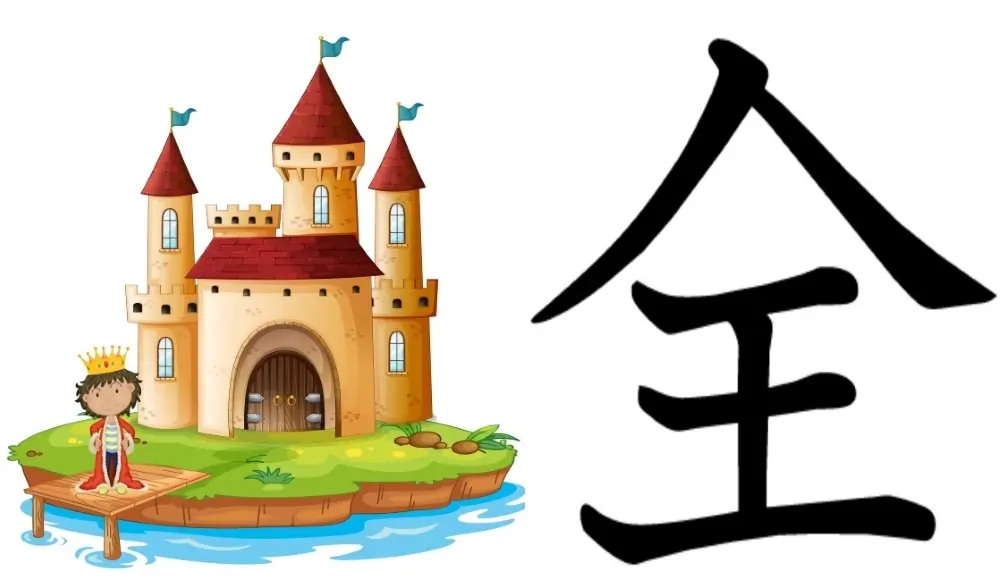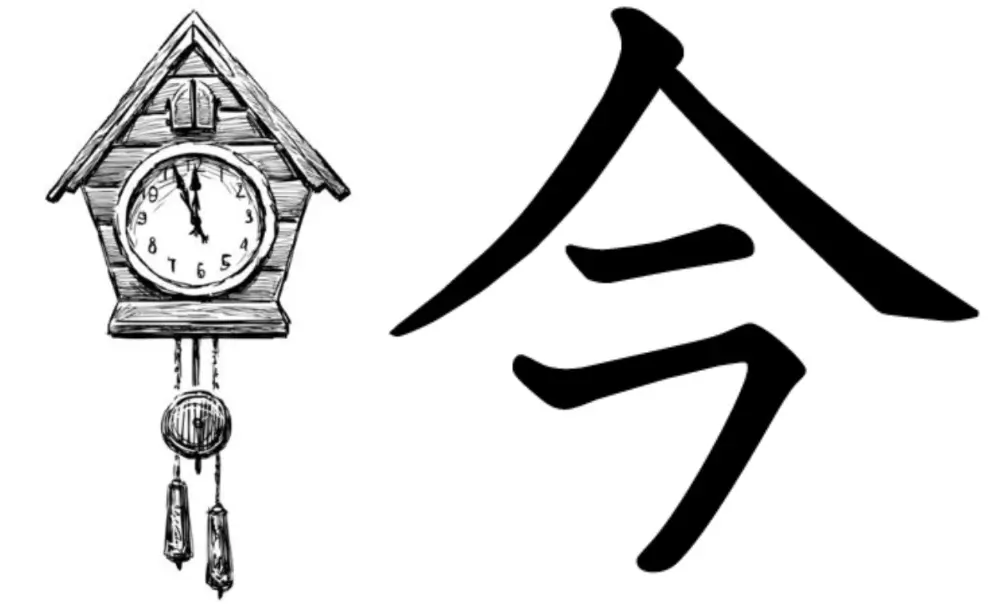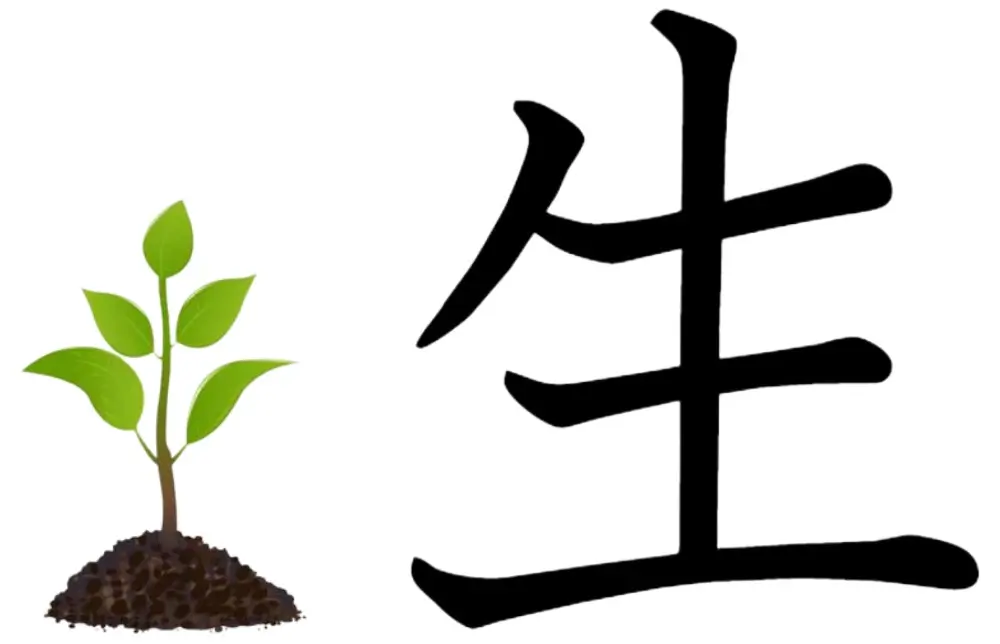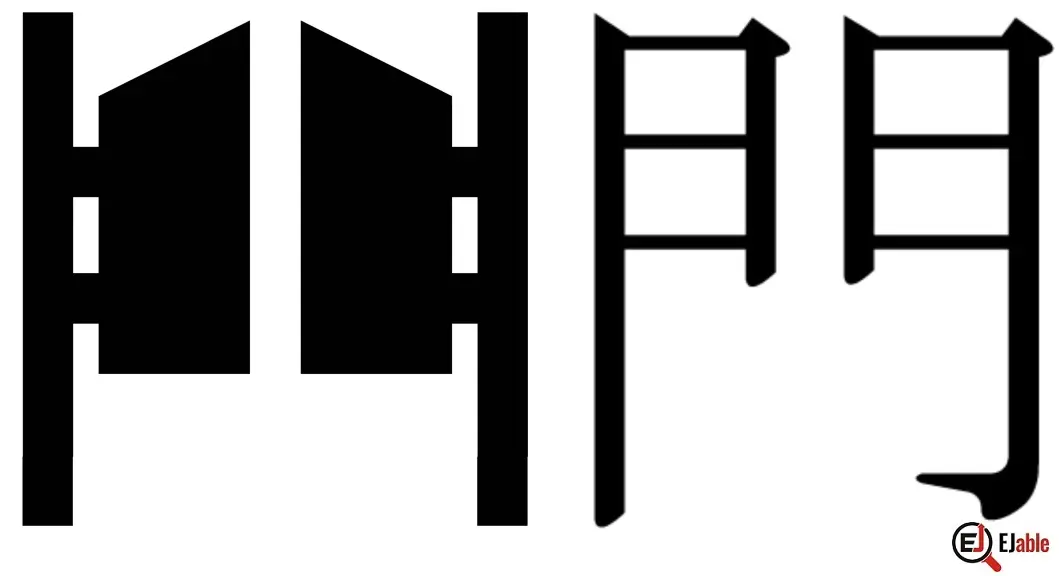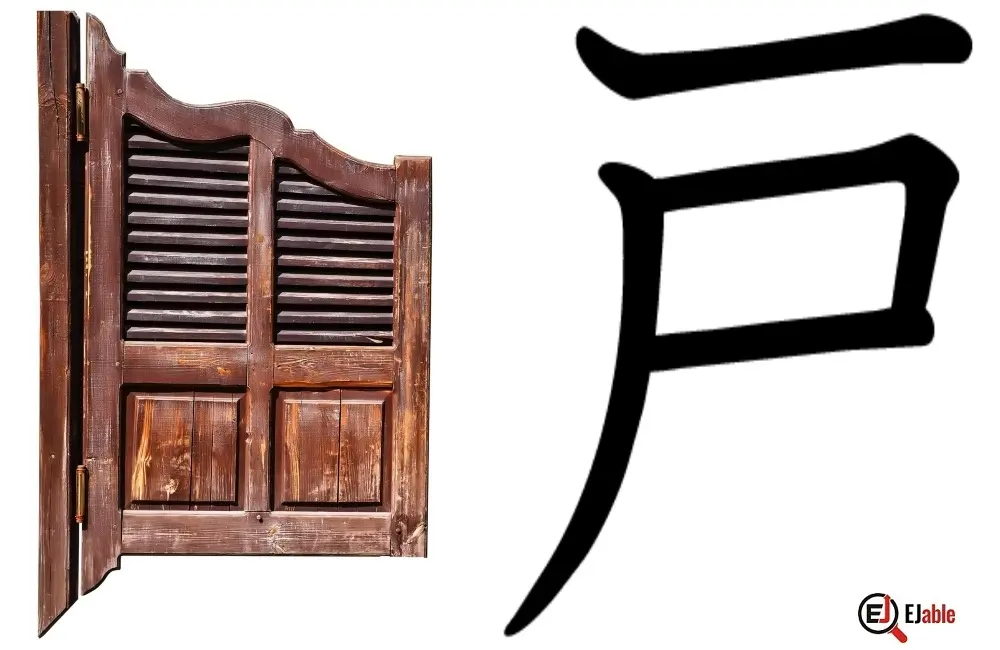Kanji for “all,” “whole,” “entire,” “complete”: 全
The Japanese Kanji 全 means “all,” “whole,” “entire,” or “complete.” The Kanji 全 is used in the following contexts: The kun’yomi (Japanese reading) pronunciations of the Kanji 全 are “matta-ku” (まった-く) and “sube-te” (すべ-て), and the on’yomi (Chinese reading) pronunciation of 全 is “zen“ (ゼン). The Kanji 全 commonly appears in Japanese names and is used in 457 names. However,
Continue reading
